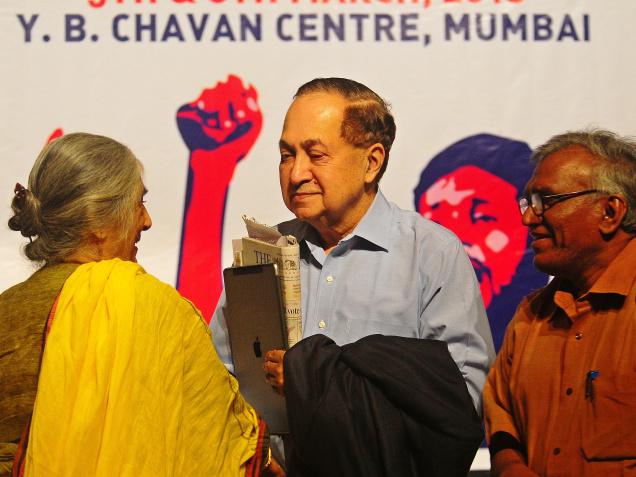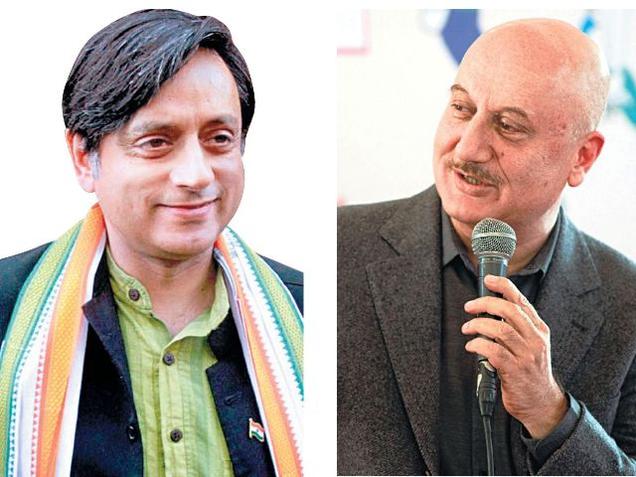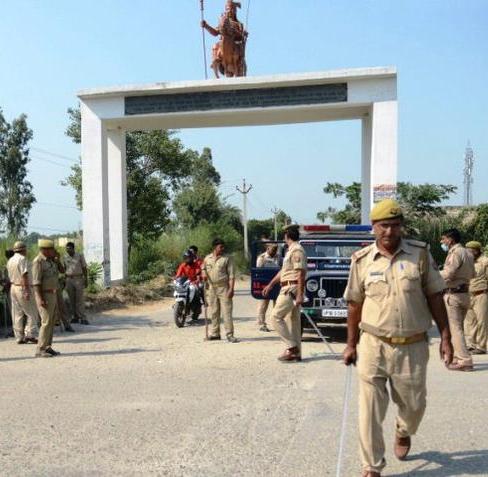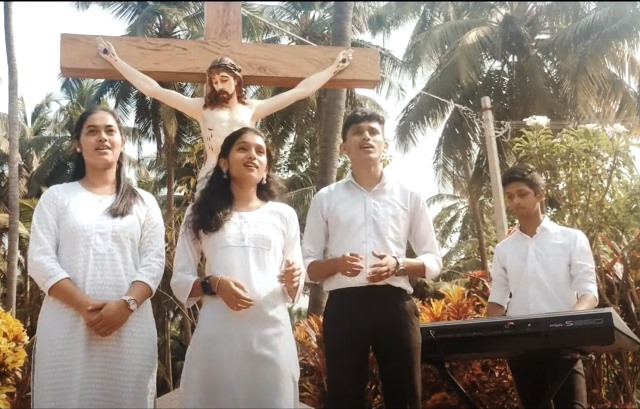Key to stop communal hatred and violence in India - A tale of two communalisms
The cycle of communal hatred and violence can be stopped only by ending first the false equivalence between minority and majority communalism
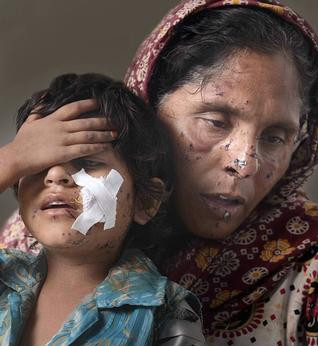
As the nation went into paroxysms of rage over the alleged eulogisation of Afzal Guru, an anniversary passed by, as always, quietly. On February 18, 1983, 2,191 Muslims, mainly women, children and the old, were hacked to death with machetes and daggers in Nellie, Assam. For a massacre of genocidal proportions, not a single person has been brought to book in 33 years. Nellie does not even exist in the public memory. The tragic irony is that a nation threatened by anti-national slogans in not threatened by actual pogroms, whether it is Nellie, Delhi 1984, or Gujarat 2002.
The majoritarian logic is based on the premise that the majority religious community can commit any act of mass violence, but that will not be anti-national. What is anti-national is only minority violence. This logic was clearly evident in the response to the Malda riot in January, something that acquires criticalness with the looming West Bengal elections.
The Bharatiya Janata Party (BJP) called the riot communal: “Communalism is on the rampage in Malda,” said its spokesperson. For a party that rose in the 1980s mainly through engineering a tectonic shift to politics based on religious polarisation, that is an extraordinary feat of duplicity. All the more so, considering the costs of such a shift have hardly been benign: the tragic loss of lives and property in communal riots from Babri Masjid to Muzaffarnagar.
 Nissim Mannathukkaren
Nissim MannathukkarenEqualising the unequal
The aftermath of Malda (which did not have any fatalities) saw another curious development: a torrent of discussion that there has been a massive silence on the part of the “secular” media, and the “Award Wapsi Brigade” about the Malda “communal” riots. The upshot of this narrative is that there should have been an equal outrage over Malda as Dadri. Unless there is equivalence in treating Hindu majoritarian communalism and Muslim minority communalism, secularism is merely pseudo-secularism. It is precisely this demand for equivalence that is dangerous at the moment, for it ignores some fundamental distinctions between the two types of communalism. First, it equalises what cannot be equalised, for equality is not the equal treatment of unequal entities. And second, it participates in the increasing conflation of Hindu communalism with nationalism.
Minority communalism can never be compared with majority communalism, for the former is ghettoised and mainly feeds upon its own people (think the ulemas and Shah Bano), the very people it claims to represent, while the latter thrives by feeding off the society at large, including the minorities. Other than the brute power that being 80 per cent of the population brings, majority communalism is infinitely more consequential for it determines the sociopolitical discourse, leaving minority communalism to defend itself and ghettoise further.
Majority communalism, dangerous in itself, becomes deadly when it becomes the official ideology of the Indian state, as the Sangh Parivar would want it to be. Minority communalism can never dream of state power. That is the difference between a Yogi Adityanath and an Akbaruddin Owaisi. Here Jawaharlal Nehru’s words are valid even now: both Hindu and Muslim communalism are bad. “But Muslim communalism cannot dominate Indian society and introduce fascism. That only Hindu communalism can.”Therefore whether it is the communal riots of Gujarat, Moradabad, Bhagalpur, Bombay or Muzaffarnagar, the overwhelming number of those killed are Muslims. Thus it is counterintuitive for the minority Muslims to provoke riots, for they would be the primary victims, as fatalities and as refugees in camps. The forces that gain the most from a religious polarisation, especially based on violence, are the BJP and the Sangh Parivar. Unsurprisingly, 75 per cent of the Lok Sabha MPs with criminal cases for causing communal disharmony come from the BJP.
Further, in a comprehensive study of communal riots, Yale University researchers assert that “riots produce ethnic polarisation that benefits ethno-religious parties at the expense of the Congress” and “the BJS [Bharatiya Jana Sangh]/BJP saw a 0.8 percentage point increase in their vote share following a riot in the year prior to an election”. The BJP resorted to the time-tested method of attempting a religious polarisation in Bihar elections, and already there are indications that Malda will be the BJP focus in Bengal, which has no history of communal violence.
Unlike the narrative on Twitter and television, the print media substantially covered the Malda violence. It overwhelmingly concluded that rather than the radicalised sections of Muslims now suddenly deciding to wipe out the Hindu minority, what emerges is a complex web of criminal-politician nexus having a substantive role in engineering violence in a crowd of Muslims.
The majoritarian narrative
But this complexity does not fit well with the dominant narrative of scaremongering and Islamophobia. Witness the discourse of the Islamic State enveloping the nation rapidly, or the pre-emptive framing of Umar Khalid as an Islamist terrorist in the Jawaharlal Nehru University Case. If not Muslim-perpetrated riots, Muslim-perpetrated terror acts will destroy India.
This narrative sadly ignores that the death toll in the Maoist, and the separatist/nationality movements in Kashmir, Punjab, and the Northeast is possibly 50-80 times that caused by Islamist terror in the rest of India. And it also whitewashes the deadly results of state terror in these conflict areas. In demonising Muslims, it downplays that overwhelmingly the perpetrators of Islamist terror are foreigners, and that the participation of Indian Muslims continues to be negligible even after Gujarat 2002.
Despite the number of violent incidents and new vigilante groups motivated by Hindutva, it is a categorical mistake to assess intolerance by violence only. We will then miss the insidious working of Hindu majoritarianism as nationalism. Hence when an Aamir Khan or a Shah Rukh Khan comments on intolerance, there is a massive outpouring of outrage branding them as anti-national, while when an Anupam Kher declares, “I am today scared of saying I am a Hindu”, it hardly evokes a response.
Pointing to Muslim superstars in Bollywood as an example of India’s tolerance is uninformed. It is like arguing as there are many black celebrities in America, there is no racist oppression there. The Indian Muslim today feels like a second-class citizen, an emotion which can only be understood by looking at intolerance as discrimination at a quotidian level (for example, the state witch-hunt through draconian anti-terror laws). No society built on religious discrimination or the gargantuan scale of caste oppression can be termed as tolerant. But what is new after 2014 is that this now mixes with the ballast of state-backed Hindutva, which sees the Muslim as well as the politically radical Dalit (Rohith Vemula, for instance) as dangerous anti-nationals.
Ultimately, if the Hindutva project is an upper-caste (and patriarchal) one which masks a community divided by hideous caste oppression, caste divisions mark Muslim communalism too, albeit on a lesser level, with the small upper-caste Ashrafs as the main beneficiaries of “vote-bank” politics. But the vast numbers of ordinary Muslims (Pasmandas) are in a bind: being discriminated by the larger Hindu society as well as by their own community. Rather than flourishing through “appeasement,” as in the majoritarian narrative, their political disenfranchisement ensures that they are forced to survive on the crumbs offered by “secular” parties.
Only a coalition of the oppressed castes, classes and gender across religions can overcome communalism. But that struggle for secularisation has to go along with the resistance to the majoritarian attempt to equate majority and minority communalism. The scourge and cycle of communal hatred and violence can be stopped only by ending first the history of false equivalences and selective silences.
(Nissim Mannathukkaren is Chair of the Department of International Development Studies, Dalhousie University, Canada. Email: nmannathukkaren@dal.ca.)
Please note that under 66A of the IT Act, sending offensive or menacing messages through electronic communication service and sending false messages to cheat, mislead or deceive people or to cause annoyance to them is punishable. It is obligatory on kemmannu.com to provide the IP address and other details of senders of such comments, to the authority concerned upon request. Hence, sending offensive comments using kemmannu.com will be purely at your own risk, and in no way will Kemmannu.com be held responsible.
Similarly, Kemmannu.com reserves the right to edit / block / delete the messages without notice any content received from readers.
Rozaricho Gaanch April, 2024 - Ester issue
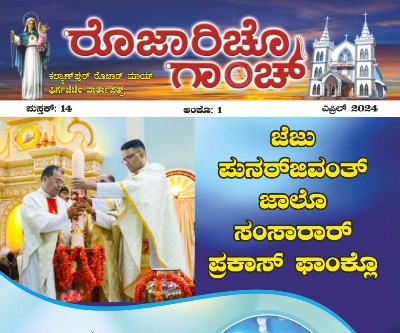
Final Journey Of Theresa D’Souza (79 years) | LIVE From Kemmannu | Udupi |
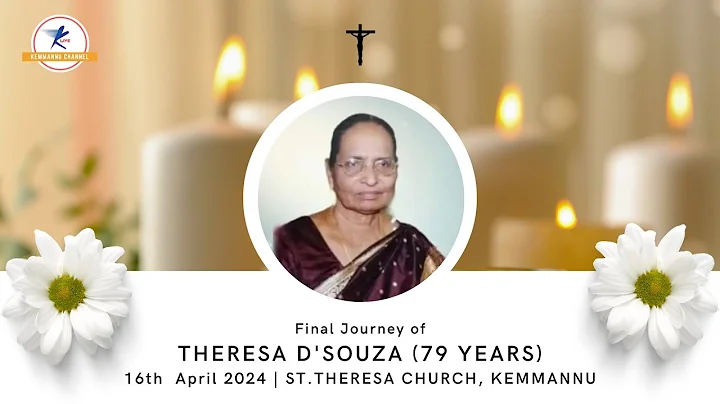
Invest Smart and Earn Big!
Creating a World of Peaceful Stay!
For the Future Perfect Life that you Deserve! Contact : Rohan Corporation, Mangalore.
Final Journey Of Joe Victor Lewis (46 years) | LIVE From Kemmannu | Organ Donor | Udupi |
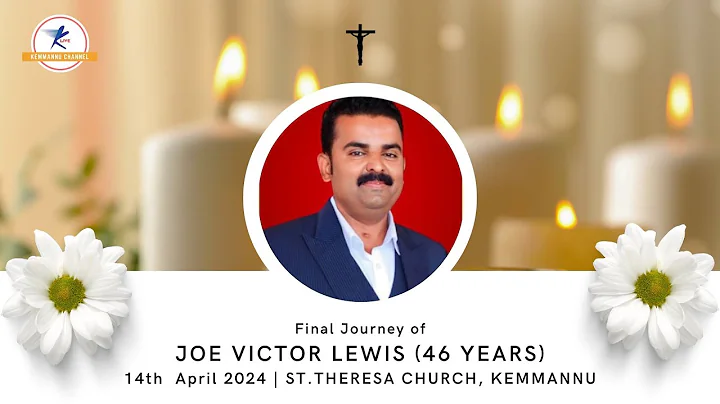
Milagres Cathedral, Kallianpur, Udupi - Parish Bulletin - Feb 2024 Issue
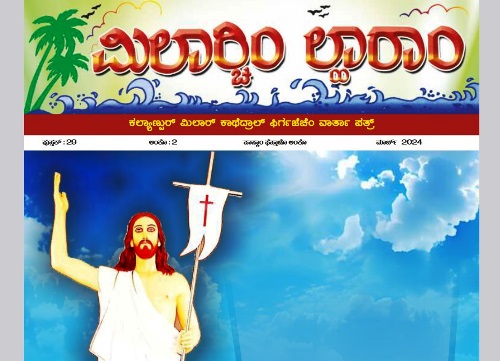
Easter Vigil 2024 | Holy Saturday | St. Theresa’s Church, Kemmannu, Udupi | LIVE
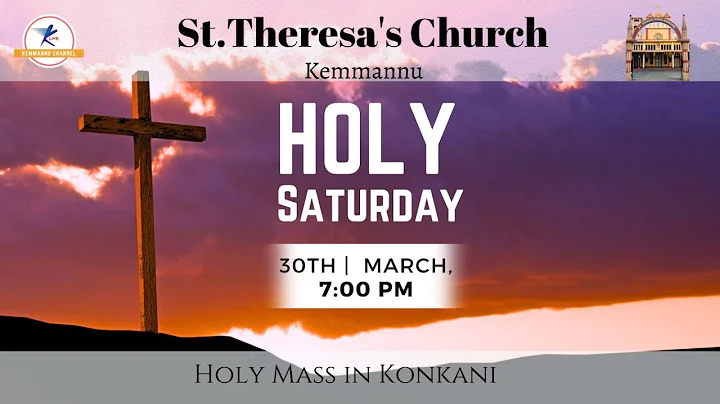
Way Of Cross on Good Friday 2024 | Live From | St. Theresa’s Church, Kemmannu, Udupi | LIVE
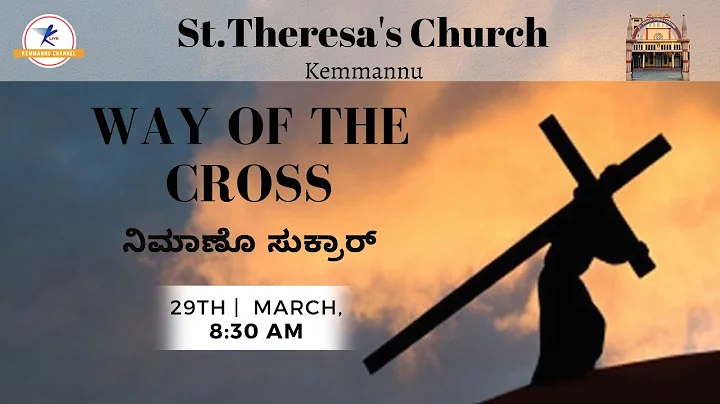
Good Friday 2024 | St. Theresa’s Church, Kemmannu | LIVE | Udupi
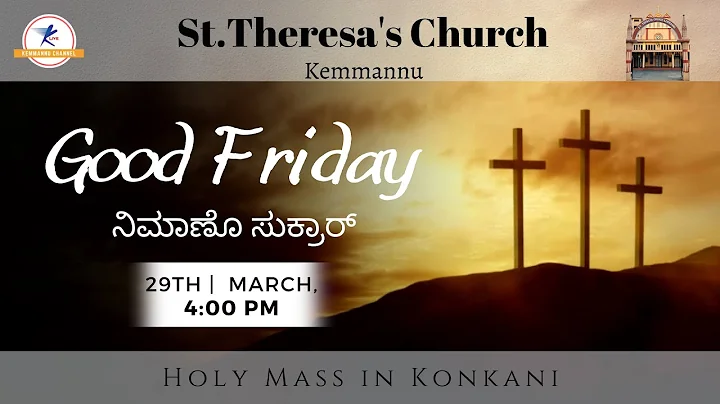
2 BHK Flat for sale on the 6th floor of Eden Heritage, Santhekatte, Kallianpur, Udupi
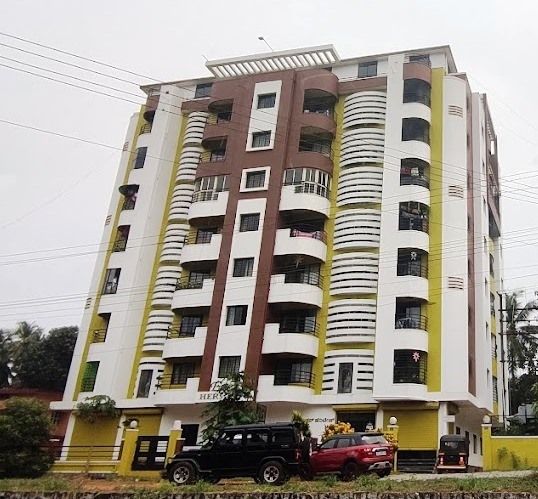
Maundy Thursday 2024 | LIVE From St. Theresa’s Church, Kemmannu | Udupi |
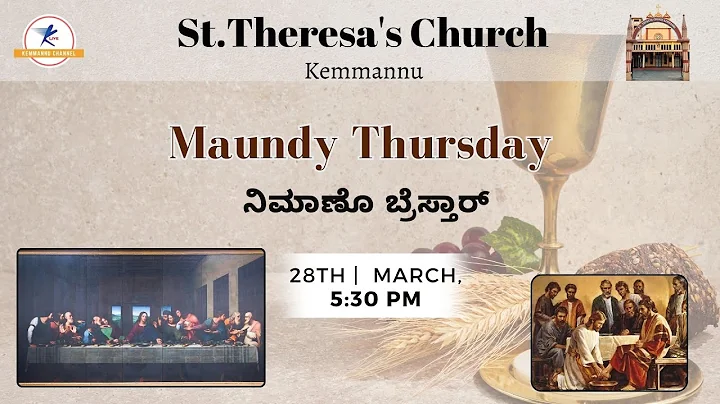
Kemmennu for sale 1 BHK 628 sqft, Air Conditioned flat

Symphony98 Releases Soul-Stirring Rendition of Lenten Hymn "Khursa Thain"
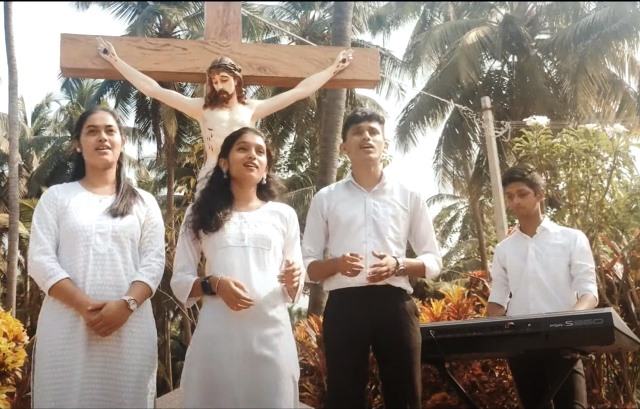
Palm Sunday 2024 at St. Theresa’s Church, Kemmannu | LIVE
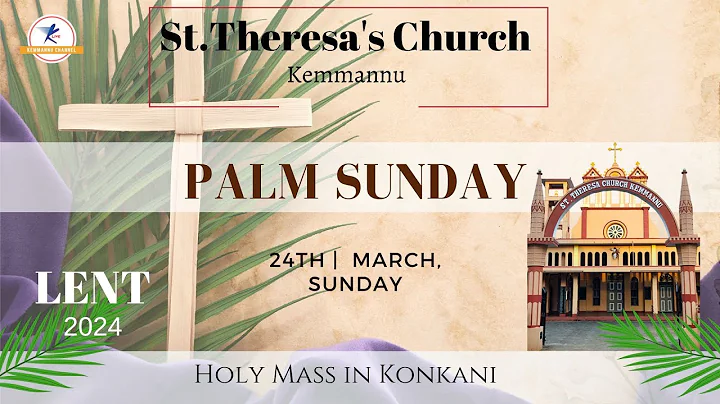
Final Journey of Patrick Oliveira (83 years) || LIVE From Kemmannu
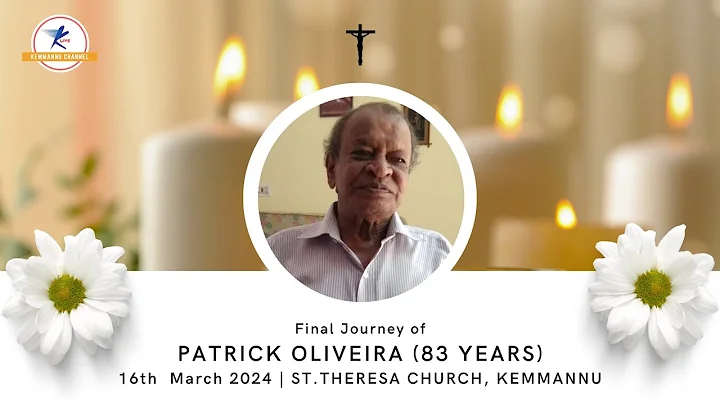
Carmel School Science Exhibition Day || Kmmannu Channel

Final Journey of Prakash Crasta | LIVE From Kemmannu || Kemmannu Channel
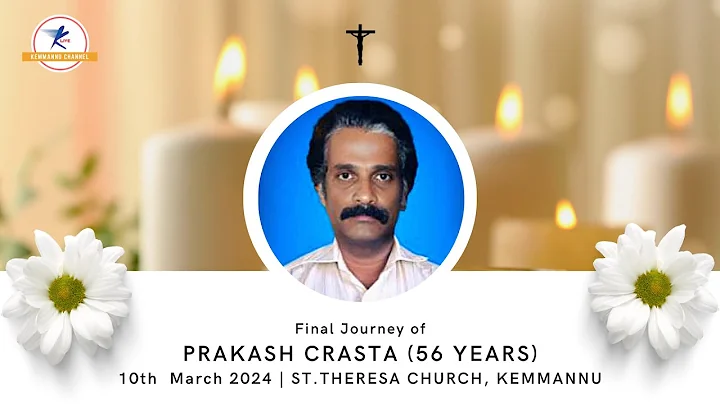
ಪ್ರಗತಿ ಮಹಿಳಾ ಮಹಾ ಸಂಘ | ಸ್ತ್ರೀಯಾಂಚ್ಯಾ ದಿಸಾಚೊ ಸಂಭ್ರಮ್ 2024 || ಸಾಸ್ತಾನ್ ಘಟಕ್
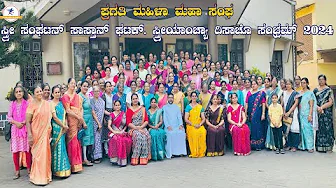
Valentine’s Day Special❤️||Multi-lingual Covers || Symphony98 From Kemmannu

Rozaricho Gaanch December 2023 issue, Mount Rosary Church Santhekatte Kallianpur, Udupi
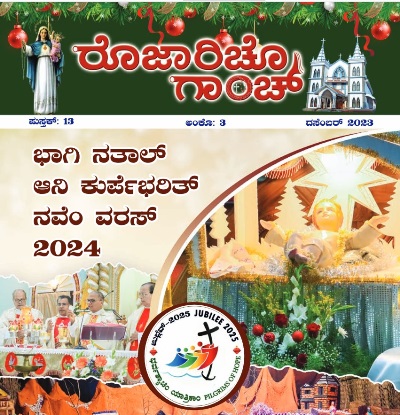
An Ernest Appeal From Milagres Cathedral, Kallianpur, Diocese of Udupi
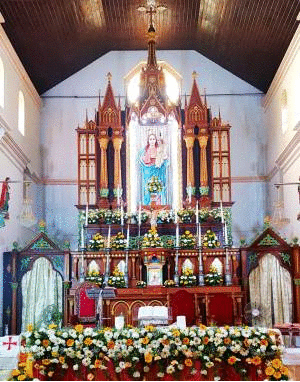
Diocese of Udupi - Uzvd Decennial Special Issue
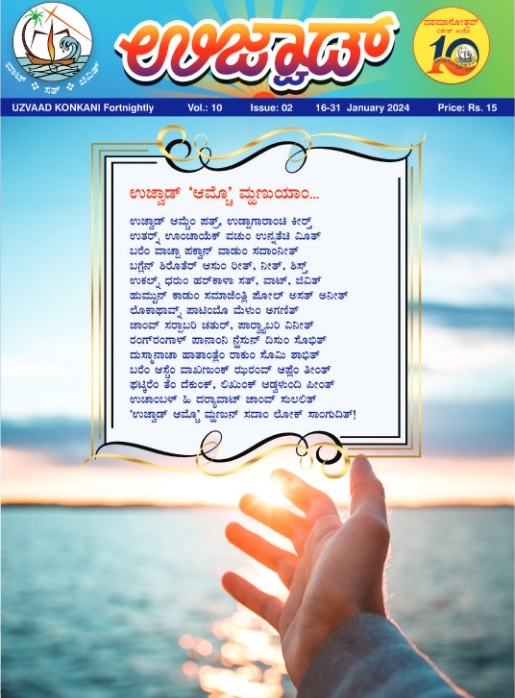
Final Journey Of Canute Pinto (52 years) | LIVE From Mount Rosary Church | Kallianpura | Udupi
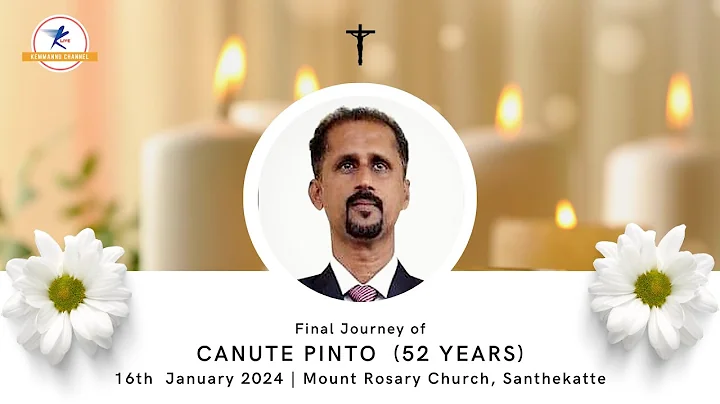
Earth Angels Anniversary | Comedy Show 2024 | Live From St. Theresa’s Church | Kemmannu | Udupi
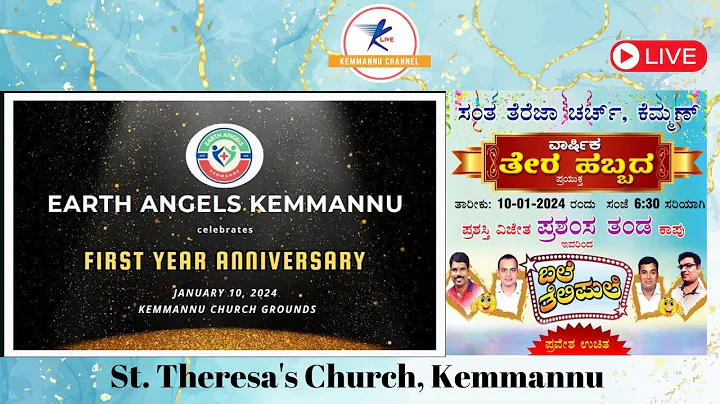
Confraternity Sunday | St. Theresa’s Church, Kemmannu
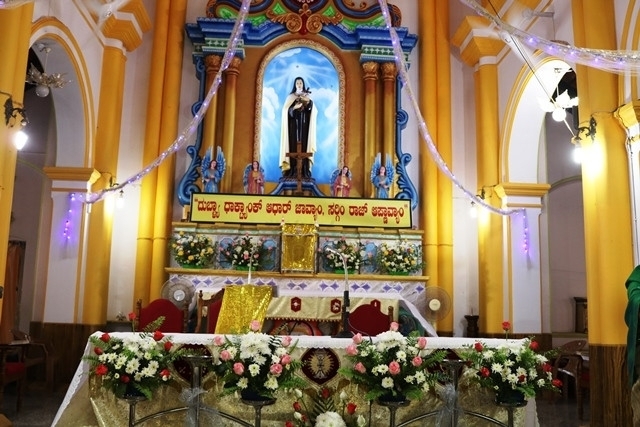
Kemmannu Cricket Match 2024 | LIVE from Kemmannu
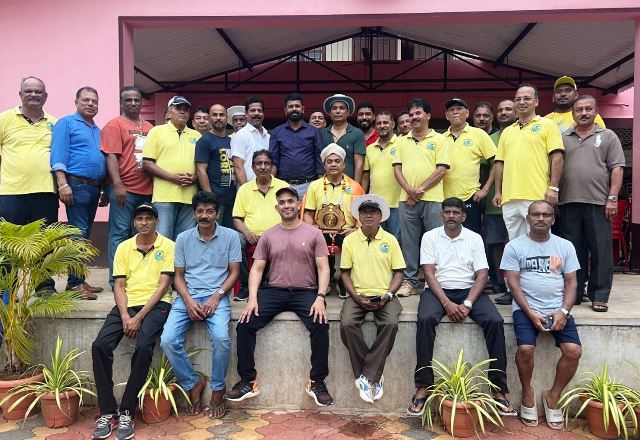
Naturya - Taste of Namma Udupi - Order NOW

New Management takes over Bannur Mutton, Santhekatte, Kallianpur. Visit us and feel the difference.

Focus Studio, Near Hotel Kidiyoor, Udupi


Earth Angels - Kemmannu Since 2023

Kemmannu Channel - Ktv Live Stream - To Book - Contact Here

Click here for Kemmannu Knn Facebook Link
Sponsored Albums
Exclusive
An Open ground ‘Way of the Cross’ observed in St. Theres’s Church, Kammannu. [Live-Streamed]
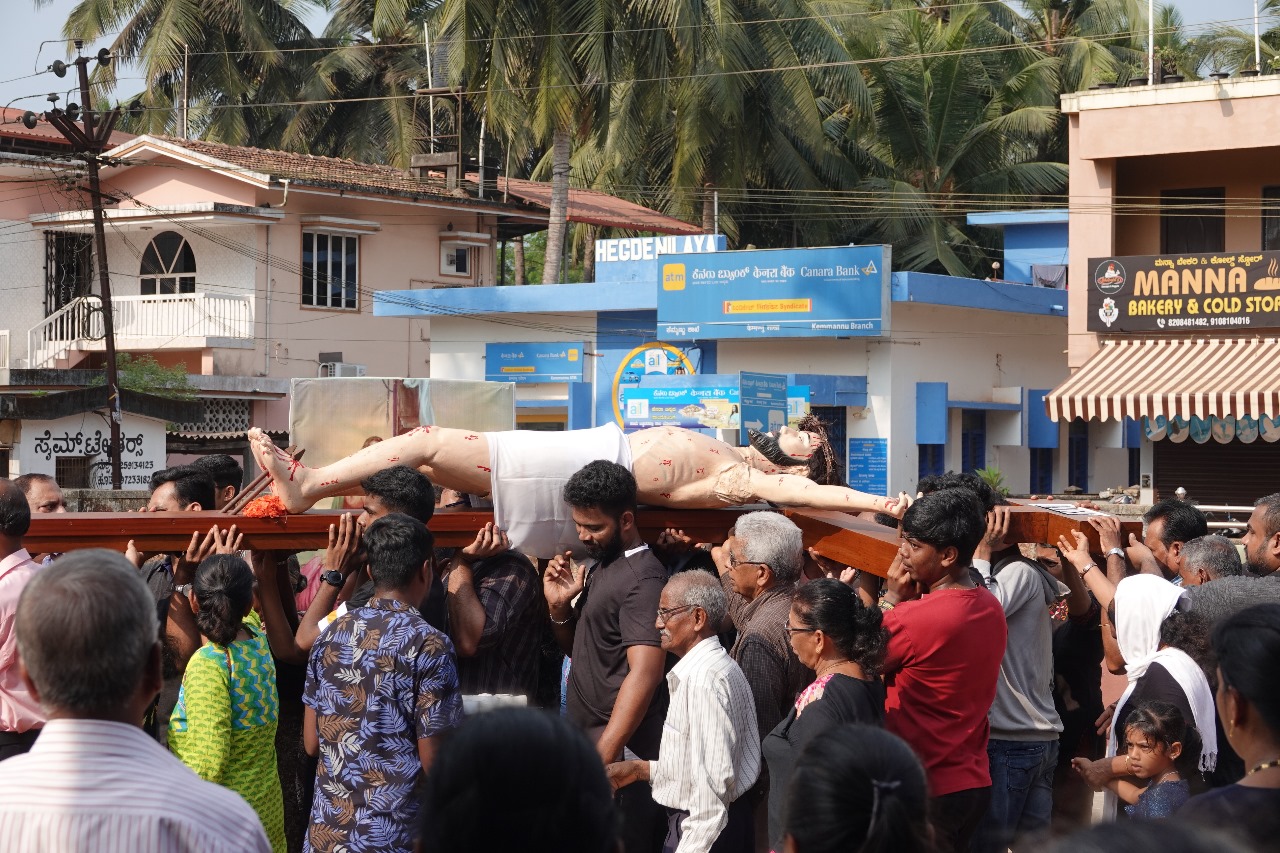
Udupi Bishop Most Rev. Gerald Issac Lobo Celebrates Palm Sunday at Kemmannu Church
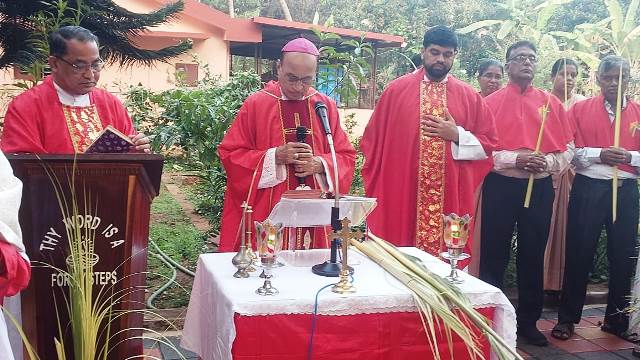
The architect of various Churches, Schools, Hospitals and Colleges….. Msgr Denis Jerome D Souza.
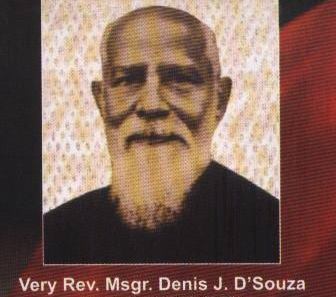
Konknani Writers’ Association Literary Award Conferred on Dr. Gerald Pinto
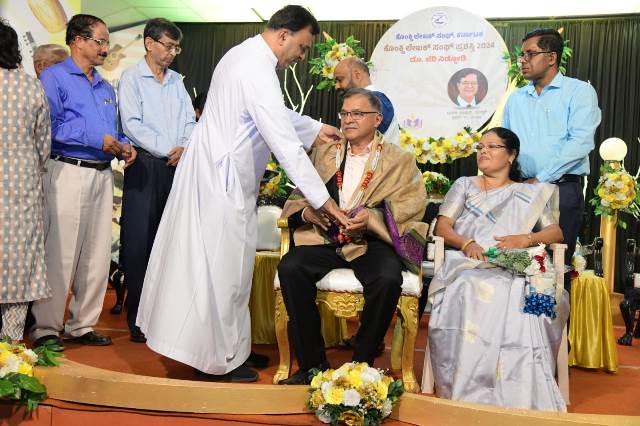
Celebrating Love Across Languages: A Valentine’s Day Special
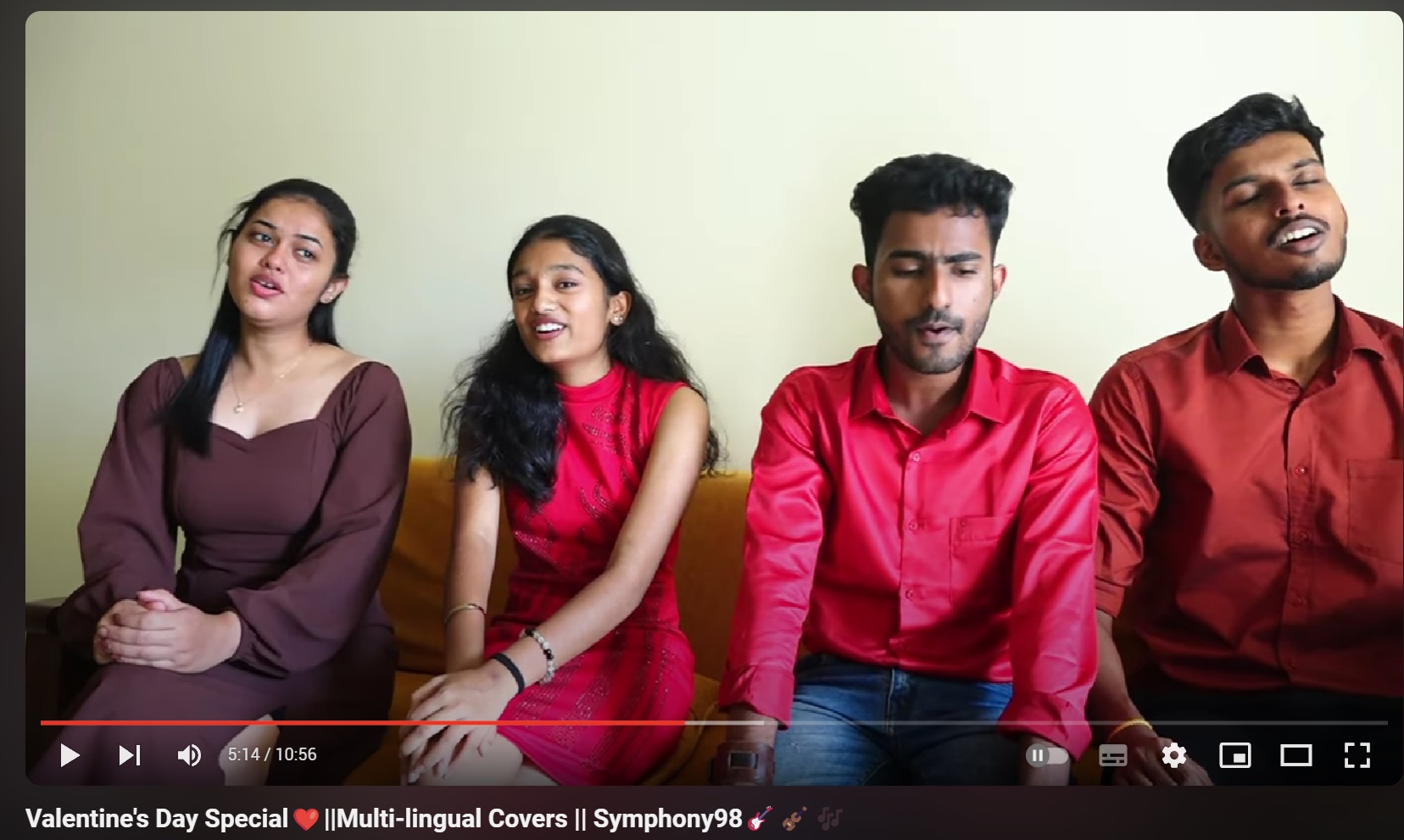
Udupi: Kemmannu.com Journo Richard D’Souza Felicitated by Paryaya Sri, Sri Sugunendra Tirtha Swamiji.
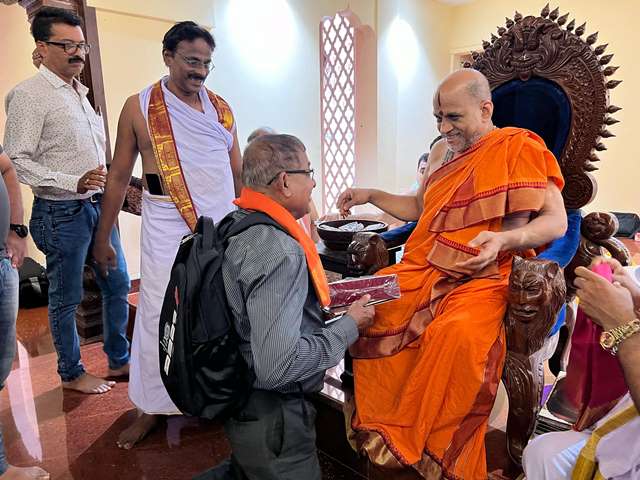
Let the unity of senior players be an example to the youth - Gautham Shetty - Alfred Crasto Felicitation - Match Livestream.
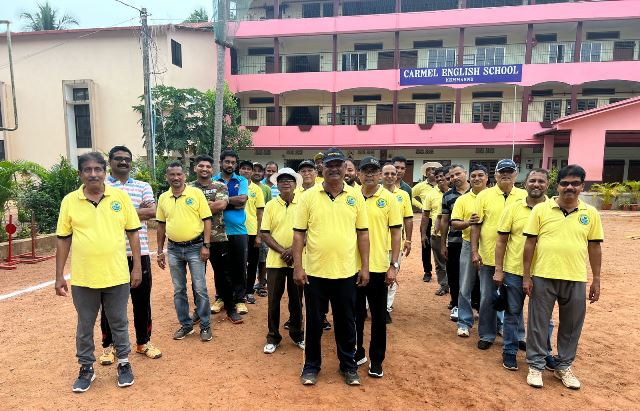
Bali, Indonesia: Royal Singaraja Award to Mangalorean NRI Philanthropist Dr. Frank Fernandes. [Video]
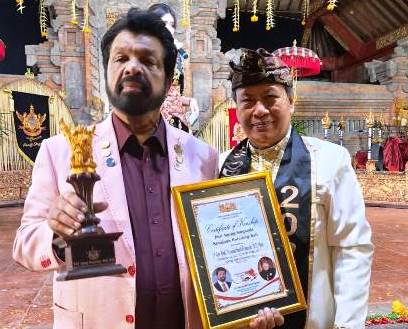
MTC - Milagres towards Community – An Outreach program on 14th December, 2023
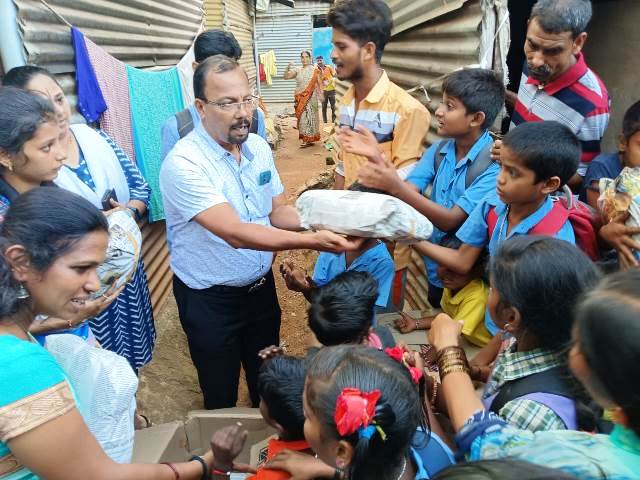
 TODAY -
TODAY -
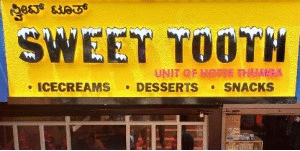
 Write Comment
Write Comment E-Mail To a Friend
E-Mail To a Friend Facebook
Facebook Twitter
Twitter  Print
Print 